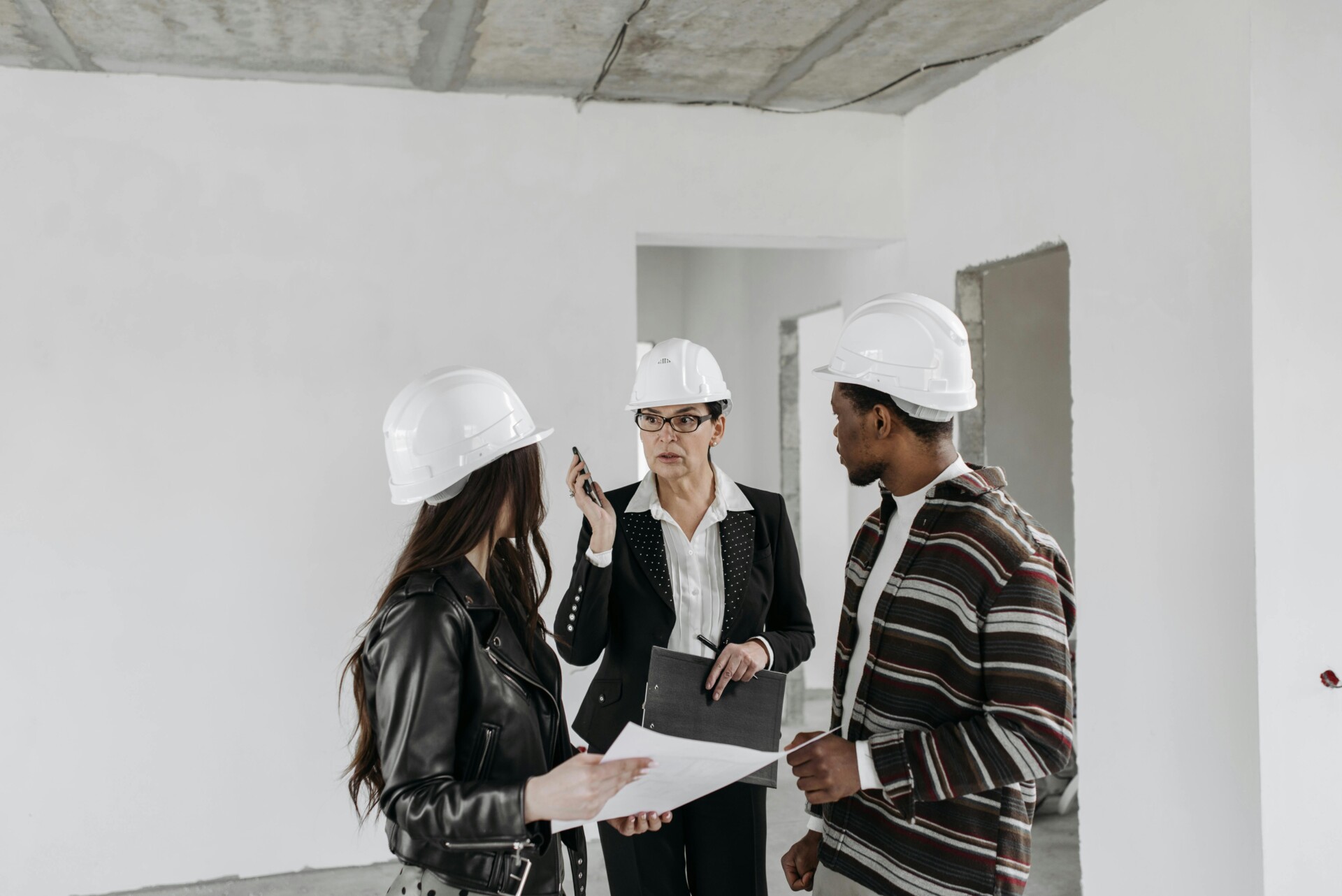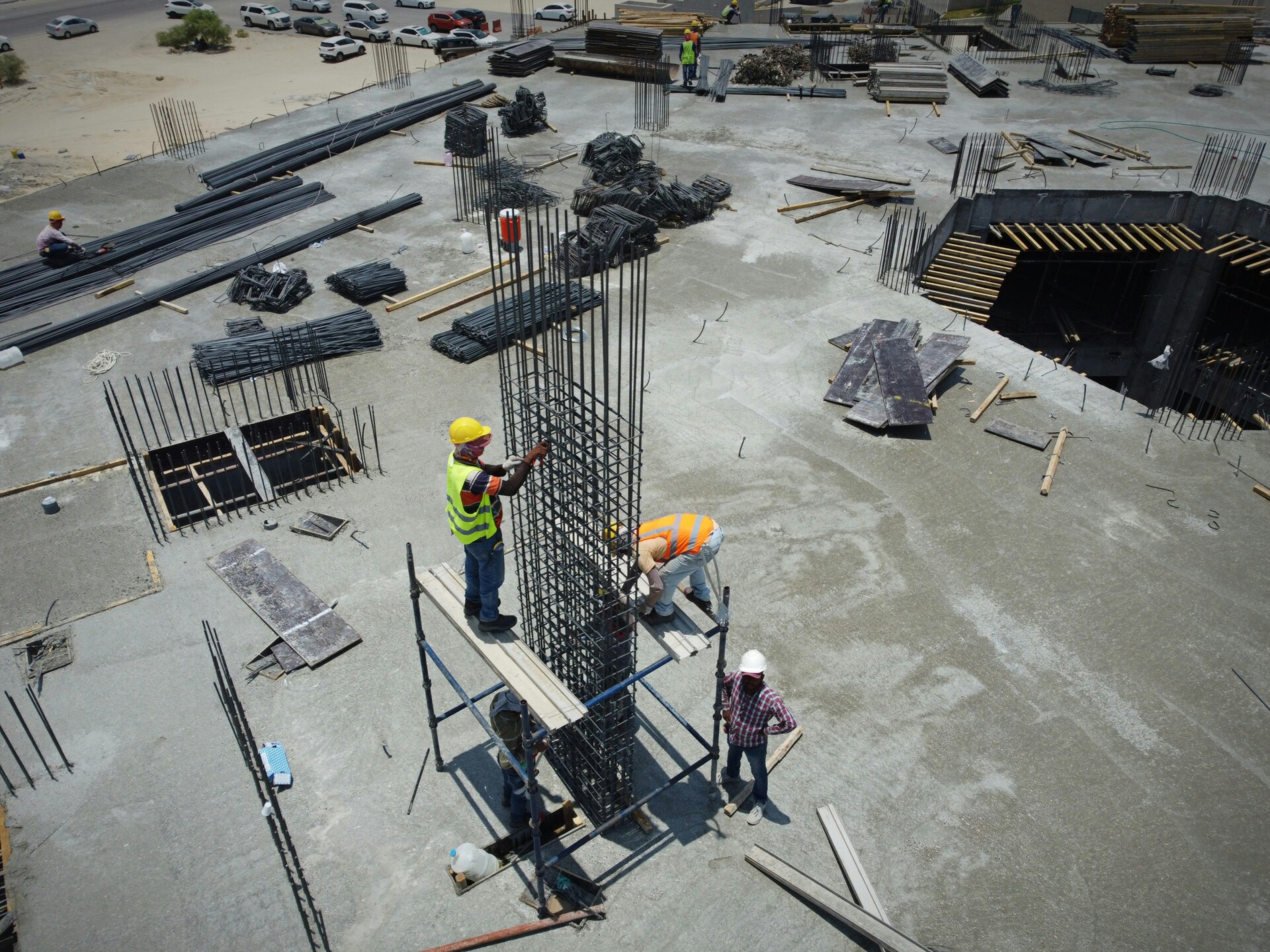The construction costs for new Dallas office space continue climbing while existing buildings lose competitive edge. Energy-efficient retrofits offer a strategic alternative that preserves construction budgets while upgrading building performance.
Office building retrofit for energy efficiency Dallas centers on upgrading existing systems and the building envelope to reduce energy consumption and operational costs. We target facade upgrades, windows, roof coatings, and HVAC controls to eliminate energy waste while improving occupant comfort in older office buildings across the Dallas market.
Which Retrofit Measures Deliver The Biggest Savings For Dallas Office Buildings?
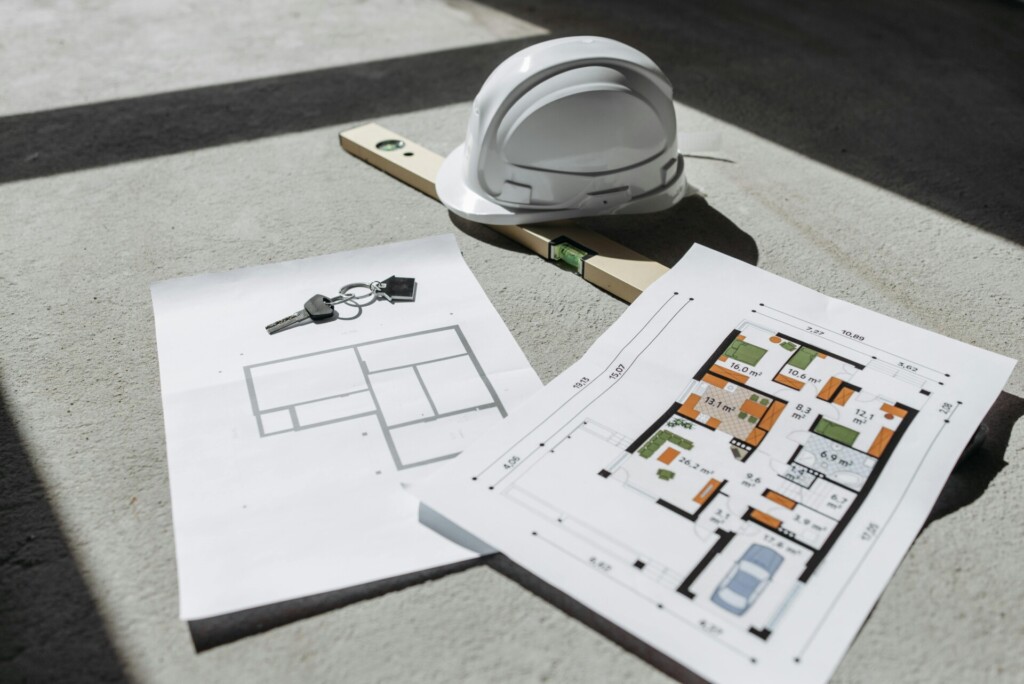
High-Performance Windows And Non-Invasive Window Retrofits
Non-invasive window retrofits offer a practical approach to upgrading thermal insulation without the disruption of full window replacement. These processes enhance energy performance at a fraction of the cost while preserving the existing building envelope structure. The technique proves especially valuable for office buildings with extensive glazing.
Buildings with window-to-wall ratios exceeding 50% see the most dramatic results from window retrofits. High-temperature climates like Dallas amplify these benefits through reduced cooling loads during peak summer months. Performance data shows energy cost reductions up to 40%, with some office buildings reporting annual savings reaching $100,000.
We coordinate window retrofit timing with other envelope improvements to maximize efficiency gains. The approach minimizes tenant disruption while delivering measurable performance improvements across large office spaces.
Window Film And Strategic Caulking
Window film installation provides immediate UV reduction benefits alongside energy savings. The tinted films block solar heat gain while maintaining natural light levels throughout office spaces. Security enhancements add another layer of value for property owners concerned about building protection.
Combining window film with comprehensive caulking delivers stronger energy performance than either measure alone. We typically see payback periods around three years for this paired approach. The caulking component addresses air leakage points that can undermine film performance.
Proper sequencing ensures caulking work complements film installation without compromising adhesion or longevity. This combination approach works well for buildings where full window replacement exceeds budget parameters.
Caulking And Air Sealing Systems
Comprehensive air sealing reduces HVAC loads by eliminating unwanted air infiltration. Aged caulking compounds lose effectiveness over time, creating gaps that force mechanical systems to work harder. Fresh caulking restoration prevents conditioned air loss while blocking humid outdoor air infiltration.
We target high-impact areas where air leakage typically concentrates around window frames, door assemblies, and building penetrations. Strategic caulking replacement extends HVAC equipment life by reducing operational stress and preventing premature wear patterns.
The measure pairs well with other envelope improvements but delivers standalone benefits when budget constraints limit project scope. Air sealing work requires minimal disruption while providing immediate comfort improvements for building occupants.
Cool Roof Coatings
Cool roof coatings reflect solar radiation to reduce cooling energy demands during Dallas summer months. The reflective properties lower roof surface temperatures and decrease heat transfer into conditioned spaces below. Extended roof membrane life represents an additional financial benefit beyond energy savings.
These coatings reduce maintenance requirements while supporting green building certification programs. We coordinate application timing with other roof work to maximize installation efficiency. The measure proves especially effective on larger office buildings with significant roof surface area.
Performance improvements support carbon neutrality goals while delivering measurable utility cost reductions. Cool roof installations require proper surface preparation and weather coordination but provide long-term energy benefits with minimal ongoing maintenance.
HVAC Systems And Advanced Controls
High-efficiency HVAC equipment paired with modern control systems creates the foundation for significant energy reductions. Advanced controls optimize system operation based on actual occupancy patterns and external conditions. These systems respond dynamically to cooling loads while maintaining consistent comfort levels.
North Texas office campuses have used comprehensive HVAC renovations to support carbon-neutral operational targets. Multi-building sites benefit from centralized control systems that coordinate equipment operation across multiple structures. Smart controls reduce energy waste during unoccupied periods while ensuring rapid response to changing conditions.
We integrate HVAC upgrades with envelope improvements to capture maximum efficiency gains. The combined approach addresses both heat gain reduction and mechanical system optimization for comprehensive energy performance enhancement.
How Do Dallas Climate And Local Codes Shape Retrofit Choices?
Dallas presents specific environmental challenges that directly influence how we plan retrofit projects. Temperature extremes and strict code compliance requirements dictate which upgrades deliver the greatest value for office buildings.
Climate Impacts On Retrofit Planning
The humid subtropical climate drives cooling costs through most of the year. Summer temperatures frequently exceed 100°F while humidity levels hover around 60–70%, creating a double burden on mechanical systems. Air conditioning units must remove both heat and moisture, significantly increasing energy demand compared to dry climates.
The urban heat island effect compounds these challenges across the Dallas metropolitan area. Concrete and asphalt surfaces absorb and retain heat, pushing temperatures several degrees higher than surrounding areas. This phenomenon increases cooling loads for buildings throughout the urban core, making envelope improvements like cool roof coatings and high-performance windows critical for energy reduction.
Severe weather patterns add another layer of complexity to retrofit planning. Heavy rainfall and thunderstorms are common during spring and fall months, requiring storm readiness considerations in material selection and installation methods. We factor these weather patterns into project scheduling and specify materials that can withstand Dallas’ variable conditions.
Ventilation And Shading Strategies
High humidity levels create moisture risks that require careful ventilation planning. Improved air circulation helps prevent mold growth and reduces the workload on dehumidification systems. Natural ventilation strategies can supplement mechanical systems during milder weather periods, though extreme summer heat limits their effectiveness.
Strategic shading becomes essential given the intense solar radiation. External shading devices, upgraded window films, and architectural features that block direct sunlight can significantly reduce cooling demand. These measures work particularly well when combined with improved insulation and air sealing to prevent heat infiltration.
Local Code Requirements
The City of Dallas enforces construction codes with specific local amendments to the International Energy Conservation Code that affect retrofit scope and design. These Dallas IECC amendments address regional climate conditions and energy efficiency standards that differ from generic national codes.
ASHRAE guidelines provide additional mechanical and energy code compliance requirements for heating, ventilation, and air conditioning systems. The local Dallas ASHRAE chapter offers resources specific to North Texas conditions, helping ensure that HVAC retrofits meet both performance expectations and regulatory standards.
Code compliance verification becomes particularly important for projects seeking energy efficiency incentives. Properly documented compliance with Dallas amendments supports applications for tax deductions and financing programs. We align all retrofit scopes with these requirements from the initial planning phase to avoid costly revisions during permitting or inspection processes.
What Incentives And Financing Can Reduce Retrofit Costs In Dallas?
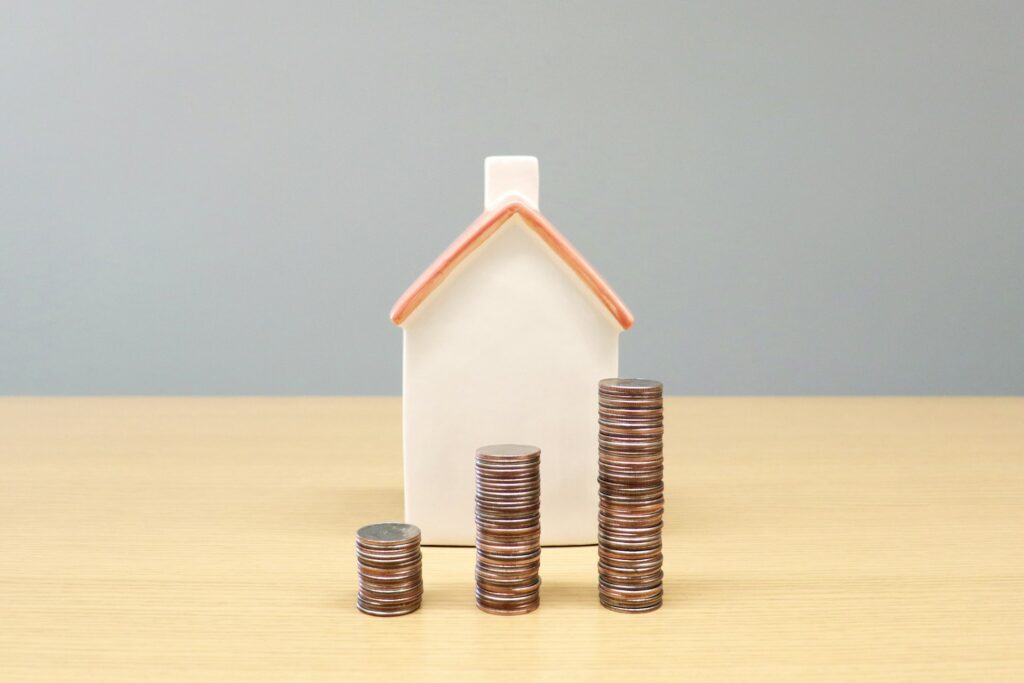
Federal Tax Deduction Up To $1.88 Per Square Foot
The permanent federal tax deduction provides property owners up to $1.88 per square foot when improvements to heating, cooling, ventilation, and other qualifying systems demonstrate a 50% reduction in energy use. Buildings implementing comprehensive HVAC upgrades often qualify for the full deduction amount.
Partial deductions apply for other qualifying measures that achieve lower energy savings thresholds. When combined with reduced utility bills from improved performance, this incentive significantly shortens payback periods for retrofit investments.
TX-PACE 100% Project Financing
The Texas Property Assessed Clean Energy program offers up to 100% project financing for eligible retrofits over terms of 20 years or more. We structure financing so that operational savings typically exceed assessment payments from day one, creating positive cash flow for building owners.
TX-PACE covers retrofits and select energy-efficient or water conservation technologies for commercial, industrial, and multifamily properties with five or more units. The program excludes ground-up construction, single-family residential properties, and government buildings. Local program adoption is required for availability.
Property owners voluntarily request assessment placement on their property tax bill. The assessment transfers with property ownership, providing flexibility for future sales. Private capital providers fund the improvements while local governments facilitate the assessment structure.
Documented Dallas Case Study
The Butler Brothers Building renovation in downtown Dallas demonstrates TX-PACE effectiveness in large-scale projects. The project achieved a 40% reduction in energy use and saves nearly 700,000 gallons of water annually.
TX-PACE contributed $23.9 million to the approximately $100 million total capital stack for this renovation. This financing structure allowed the development team to leverage private capital alongside other funding sources for comprehensive building improvements.
Additional Federal Resources
The Inflation Reduction Act provides various incentives for energy-efficient building improvements. Heat pumps qualify for 30% tax credits up to $2,000 per year, while efficient air conditioning systems receive 30% credits up to $600. Building envelope improvements including windows and insulation also qualify for enhanced credit rates.
The federal solar tax credit remains available at 30% for commercial solar installations through 2032. Property owners can combine solar installations with other retrofit measures to maximize incentive benefits across their improvement scope.
The Texas PACE Authority maintains updated program information and eligibility requirements. Utility incentive databases help identify additional rebates and financing options specific to Dallas-area service territories.
Conclusion And Next Steps
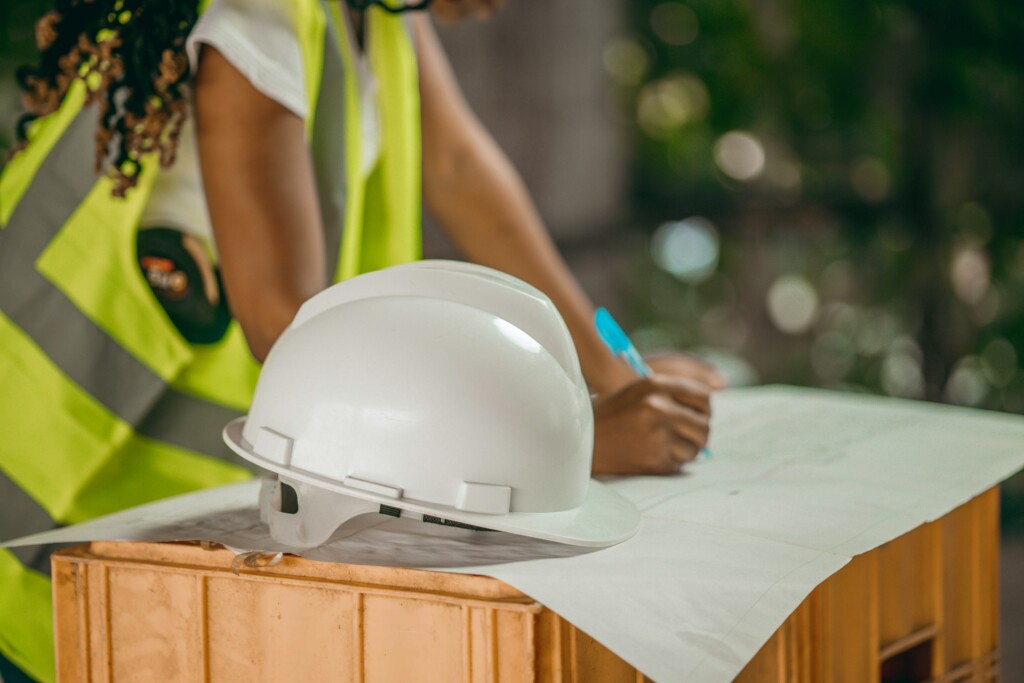
We approach Dallas office retrofits by integrating envelope and system upgrades to maximize performance and cost-effectiveness. Successful projects combine window retrofits or replacements with window film and caulking applications, cool roof coatings, and efficient HVAC systems equipped with modern digital controls. This building envelope strategy addresses both thermal performance and operational efficiency simultaneously.
Code alignment ensures project success and regulatory compliance. We verify retrofit scopes against Dallas IECC amendments and ASHRAE guidance while matching technology choices to the humid subtropical climate demands. The urban heat island effect and frequent temperature extremes above 100°F require careful ventilation planning and moisture control measures. Checking eligibility for the up-to-$1.88 per square foot federal tax deduction early in planning helps optimize project phasing. TX-PACE financing can cover up to 100% of project costs when operational savings exceed payment structures. We recommend confirming window-to-wall ratios during initial assessments, as buildings with over 50% glass area typically see stronger returns from window upgrade investments. Project phasing allows us to capture quick paybacks from measures like window film and caulking before proceeding with larger HVAC control installations.
For assistance with your Dallas office retrofit project, contact EB3 Construction.


